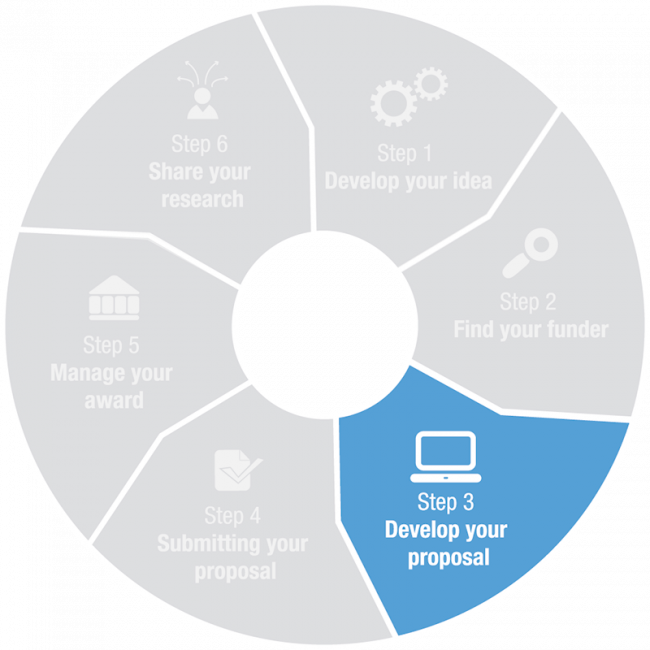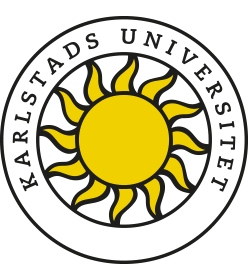Step 3: Project budget
The project budget must be drawn up in consultation with a financial officer. You should make an appointment with your department financial officer well in advance of the application deadline. Bring all information about the call to the meeting.

An estimate is drawn up in line with the SUHF model (Sveriges universitets- och högskoleförbund/The Association of Swedish Higher Education), which includes a budget with full coverage of costs (i.e. clearly stating the University’s total costs for the project). There may be restrictions in terms of what different financing bodies consider as eligible costs, so dependent on the level of funding, the department may have to co-finance to make up the difference.
Co-financing can comprise different parts and the total value of the parts must be clearly indicated in the SUHF budget. Examples of different co-financing budget lines can be LKP (social charges), overheads (indirect costs), work hours, and cash co-financing. There is great variation and therefore it is important to know the rules of financing bodies. The University also has to have control of possible future co-financing.
The most common budget lines are staff costs, operational costs, equipment, premises and overheads. Karlstad University’s purchasing and procurement rules and policy must be followed. Before meeting with the financial officer and drawing up the budget you should have an initial discussion with the head of department. The head of administration at the faculty should be consulted when the project will require a lot of administrative support. Please, consider the following:
- Staff costs: who is supposed to work in the project and how much? Consider the need and possibilities to apply for extra administrative support. Salary per year including LKP (social charges) and annual salary increase are calculated.
- Operational costs: include minor investments, travel, hotel accommodation, conference fees, transcriptions, language editing, open access, ethical reviews etc. These costs should be estimated by you.
- Equipment and investments: is there a plan to buy equipment or other investments with the grant? A major investment (facility asset) has a depreciation time based on the calculated economic life span (at least 3 years). Usually, the funder only reimburses depreciation for the project period. The degree of utilization needs to be determined. Costs of minor investments (articles of consumption) are reported immediately in the accounts.
- Premises: cost of office space per month based on the budgeted personnel. Cost of other types of space, such as laboratories should be specified separately.
- Overhead: costs, indirect costs, calculated for each department.
If the application includes a researcher not employed at Karlstad University, an SUHF estimate is needed from the researcher’s home university. You should make sure that the respective financial officers are in contact with each other to confirm their budget and approve possible future transfers. Remember that an approved grant means that an agreement between the parts has to be drawn up. You, as the project manager, are responsible for doing this in consultation with the legal officer.
If you are a co-applicant for a project that is administered by another institution or business, all steps should be followed as if you were the project manager, i.e. a the Form for external funded projects and estimate in line with the SUHF model must be drawn up, signed and registered.

